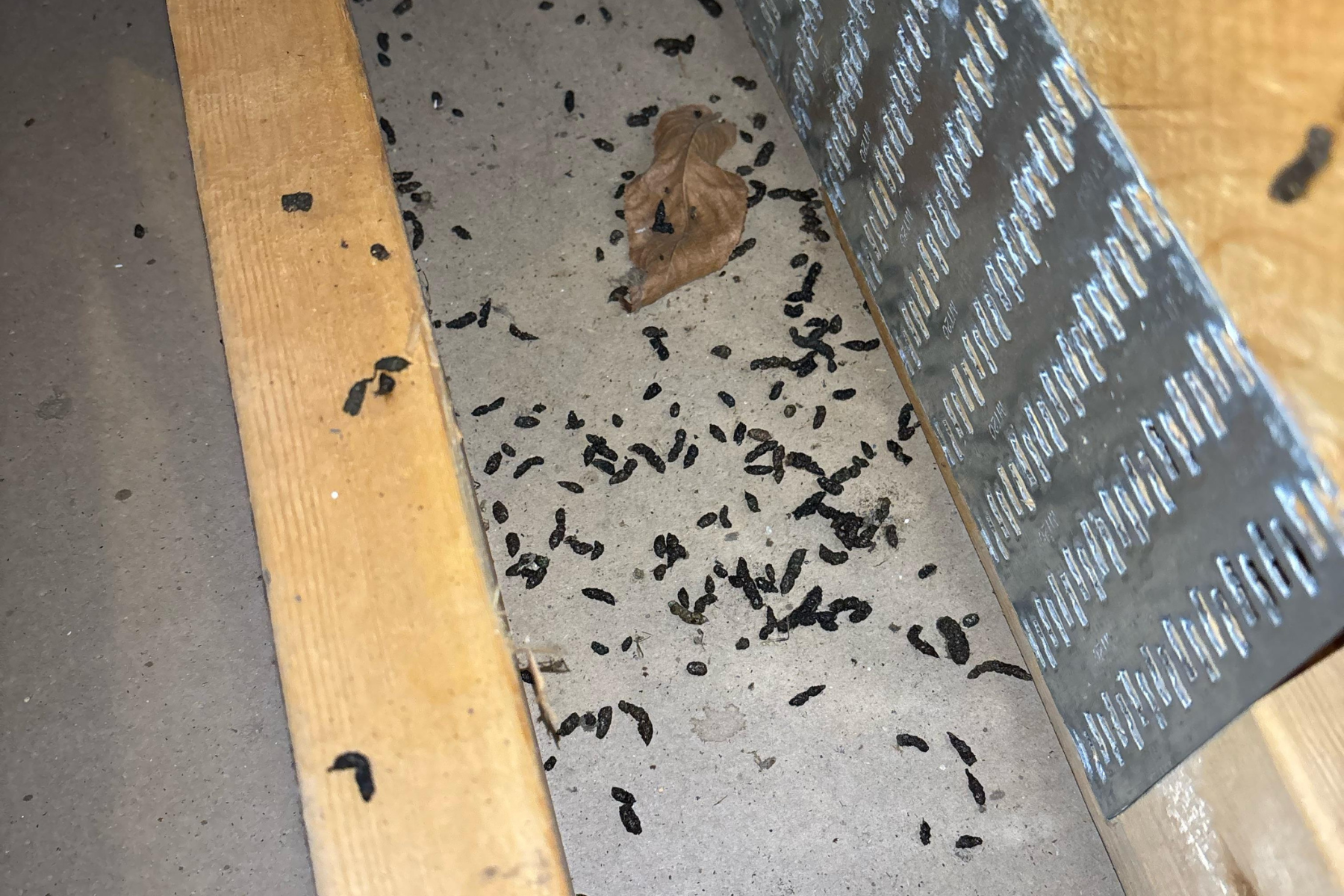When it comes to rodent control in arid regions like Maricopa County, Arizona, the choice between traps and baits is not always straightforward. Desert rodents such as pack rats, roof rats, and kangaroo rats are resilient and adapt well to extreme conditions. But they’re also destructive, carrying diseases, chewing wires, and contaminating food sources. Knowing how to effectively manage them especially with methods suited for the desertis key to keeping your home or property safe.
In this in-depth guide, we compare traps and baits in terms of effectiveness, safety, and long-term impact. You’ll also learn practical strategies for applying these tools in the harsh desert climate.
Common Rodents in the Arizona Desert Regions
Pack Rats (Woodrats)
Pack rats are nocturnal rodents known for hoarding shiny objects. They often build large nests (called middens) in attics, garages, and outdoor clutter. Pack rats can transmit parasites and are notorious for chewing vehicle wires.
Roof Rats
Roof rats are agile climbers that prefer elevated areas like attics, trees, and rooftops. They often enter homes through power lines or overhanging branches. Roof rats are known carriers of Salmonella and can quickly multiply in warm climates.
Kangaroo Rats
More common in rural or semi-developed desert areas, kangaroo rats are small, jumpy rodents with strong hind legs. While not as commonly invasive as pack rats or roof rats, they can become a problem near farms and homes bordering open desert.
Overview of Rodent Traps
Snap Traps
Snap traps are classic and still effective. These spring-loaded devices kill rodents instantly. They are ideal for indoor use and offer immediate results.
Pros:
- Inexpensive
- Quick results
- No poison involved
Cons:
- Must be checked and emptied frequently
- Less effective in large-scale infestations
Electric Traps
Electric traps use a high-voltage shock to kill rodents quickly. Many come with indicator lights to show when a rodent has been caught.
Pros:
- Humane and clean
- Can be reused
- Minimal mess
Cons:
- More expensive upfront
- Require batteries or power
Live-Catch Traps
These allow for catch-and-release. While humane, this method is not always practical, especially in desert climates where released rodents may return or not survive.
Pros:
- No-kill solution
- Reusable
Cons:
- Not ideal for disease control
- Requires constant monitoring
Overview of Rodent Baits (Rodenticides)
Types of Bait
- Block Baits: Weather-resistant and suitable for outdoor use
- Pellets: Easy to place in bait stations
- Liquid Baits: Used where water sources are limited
How Baits Work
Rodenticides usually take 1–3 days to kill the rodent after ingestion. Some cause internal bleeding, while others act as neurotoxins.
Pros & Cons of Using Baits
Pros:
- Good for large infestations
- Minimal human interaction needed
- Can reach inaccessible nests
Cons:
- Delayed results
- Risk to pets, children, and wildlife
- Dead rodents may decompose in walls or attics
Traps vs. Baits: Which One Is More Effective?
Speed of Results
Traps offer immediate results. You know when a rodent is caught. Baits take longer but can handle infestations more broadly.
Safety for Kids, Pets, and Wildlife
Traps, especially enclosed ones, are generally safer than baits, which pose poisoning risks. Always use tamper-proof bait stations if using rodenticides.
Long-Term Efficacy
Traps are excellent for monitoring and managing small populations. Baits are better for larger, persistent infestations but need to be used with caution.
Best for Indoor vs. Outdoor Use
- Traps: Best used indoors, in attics, garages, or kitchens
- Baits: Effective outdoors or in hard-to-reach spaces like crawlspaces
Expert Tips for Using Traps and Baits in the Desert
Proper Placement Strategies
- Place traps along walls or rodent runways
- Use gloves to avoid leaving a human scent
- Don’t overload an area. Rodents become trap-shy if they see too many
Environmental Factors
- Heat: Extreme temperatures may degrade bait or cause traps to warp
- Sand & Dust: Can interfere with trap mechanisms or contaminate bait
- Predators: Be cautious when placing traps outdoors; local predators may interfere
Mistakes to Avoid
- Using traps or bait without identifying entry points
- Not checking traps regularly
- Skipping sanitation (crumbs attract more rodents)
When to Call a Professional
Signs You Need Help
- Rodent droppings in multiple areas
- Gnawed wires or insulation
- Scratching noises in the walls or attic
- Foul odor from dead rodents
What to Expect from Professional Rodent Control
- Thorough inspection of the property
- Sealing of entry points
- Installation of traps and bait stations
- Follow-up monitoring and removal
Benefits of Integrated Pest Management (IPM)
Professional pest control companies in Maricopa County use IPM, which combines monitoring, exclusion, trapping, and baiting in an environmentally responsible way.
Struggling with desert rodents in your Arizona home?
We get it. Dealing with mice and rats in the desert heat is no fun. Whether you’re a DIY enthusiast who’s tried everything and still needs a little help, or you’d rather leave the whole thing to the pros, we’re here for you. Our team at Spark Pest Control specializes in rodent control, specifically tailored to Maricopa County’s unique desert climate. We understand the challenges of desert rodent infestations. Their sneaky habits. Their ability to squeeze into tiny spaces. And their preference for certain hiding spots.
We’ve seen it all. And we’re equipped to handle infestations of any size. From a few curious critters to a full-blown invasion. Whether you need a hand setting up professional bait stations, a thorough inspection to pinpoint entry points, or a complete rodent removal and prevention plan. We’ll work with you to find the perfect solution. Let’s get those desert rodents out of your house. Keep them out for good! Contact us today for a free quote.
Frequently Asked Questions (FAQs)
1. What’s the best way to get rid of rodents in the desert?
In desert regions like Maricopa County, a combination of well-placed traps and tamper-proof bait stations is often the most effective strategy. Environmental conditions and rodent species determine which works best.
2. Are traps or baits more effective for roof rats?
Traps are usually more effective for roof rats because they tend to be trap-prone if placed correctly. Baits can work, but roof rats often avoid unfamiliar food sources.
3. Are rodent baits safe to use around pets and kids?
Rodent baits can pose a serious risk if not used in tamper-proof stations. Always place bait in inaccessible areas or consult a pest control professional for safe application.
4. How long do rodent baits take to work?
Most rodenticides take between 1 to 3 days to kill a rodent after ingestion. However, complete control can take several weeks, depending on the infestation level.
5. Do rodents avoid traps after seeing others caught?
Yes, rodents are intelligent and can become trap-shy. To avoid this, rotate trap types and placement, and avoid overcrowding traps in one location.
6. Can desert heat affect rodent traps or baits?
Absolutely. Extreme heat can degrade bait quality and damage plastic components in traps. Always store and set tools in shaded or temperature-stable areas.
7. What kind of trap works best for pack rats?
Snap traps or electric traps baited with peanut butter or dried fruit are effective for pack rats. These rodents are attracted to nesting materials, so placing traps near their middens is key.
8. How do I know if baits are working?
Signs that bait is working include reduced rodent sightings, fewer droppings, and bait visibly consumed. However, keep in mind that rodents may die in inaccessible areas.
9. What are the risks of using DIY rodenticides?
Improper use can lead to poisoning of pets, non-target wildlife, or even secondary poisoning of predators. It’s strongly recommended to follow all label directions or hire a professional.
10. Should I use both traps and baits at the same time?
Yes, combining traps and baits offers layered protection, especially for large infestations. Use traps indoors and bait stations outdoors to minimize health and safety risks.



